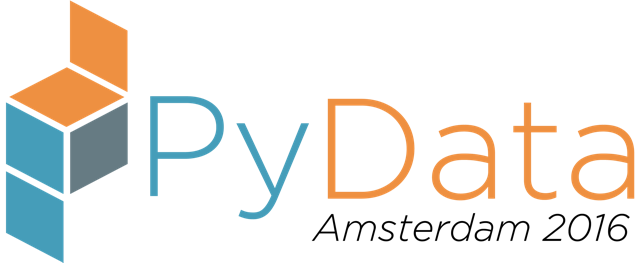This repository is created with the intention for people who will attend the PyData tutorial to have a look at the code prior to the tutorial. This OpenCV tutorial is based on version 3.0.0
This notebook was created for the tutorial during the PyData Meeting:
- Author: Rodrigo Agundez from Qualogy Solutions
- Place: Amsterdam, Papaverweg 265
- Date: Saturday, March 12, 2016
- Time: 16:15
- Room: 2
The goal of this tutorial is to build a simple face recognition system with the use of the opencv library. This tutorial is separated in three parts:
- Basic manipulation techniques of images and video using OpenCV.
- Building our data set of images.
- Training the classification model provided by OpenCV.
- Recognize never seen images by the model.
- Recognize faces from a live video feed.
- Try to trick the face recognition to classify other types of objects.
OpenCV is an open source computer vision and machine learning software library. The library includes a comprehensive set of both classic and state-of-the-art computer vision and machine learning algorithms. These algorithms can be used to:
- Detect Faces
- Recognize Faces
- Identify Objects
- Classify human actions in videos
- Track camera movement
- Track moving objects
- Extract 3D models of objects
- Produce 3D point clouds from stereo cameras
- Stitch images together to produce a high resolution image of an entire scene
- Find similar images from an image database
- Remove red eyes from images taken using flash
- Follow eye movements
It has C++, C, Python, Java and MATLAB interfaces and supports Windows, Linux, Android and Mac OS.
- OpenCV (cv2)
- Numpy
- matplotlib

